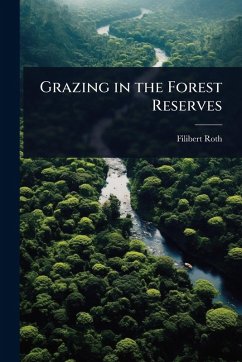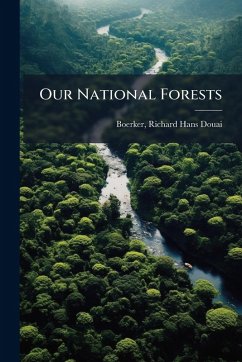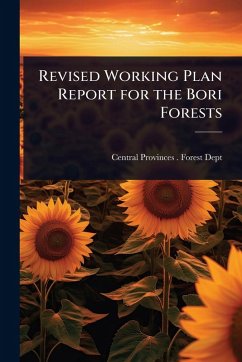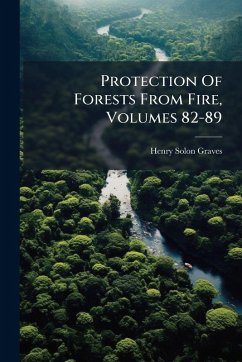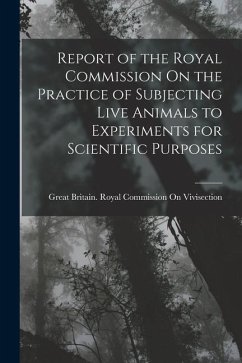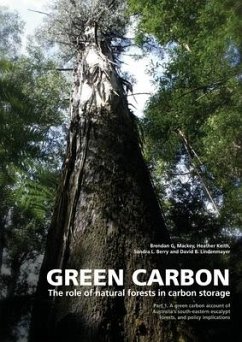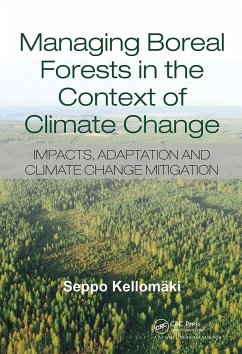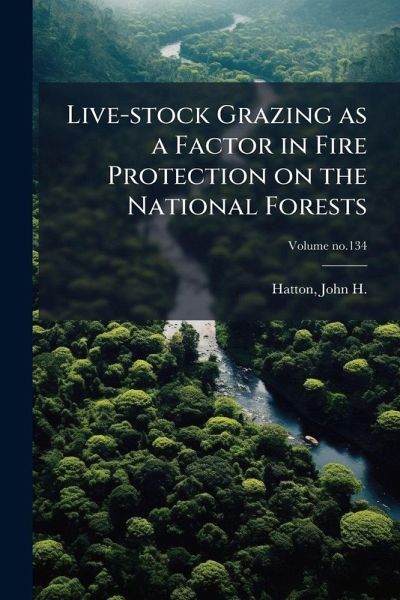
Live-stock Grazing as a Factor in Fire Protection on the National Forests
Versandkostenfrei!
Versandfertig in über 4 Wochen
14,99 €
inkl. MwSt.

PAYBACK Punkte
7 °P sammeln!
"Live-stock Grazing as a Factor in Fire Protection on the National Forests," Volume 134, explores the relationship between livestock grazing practices and wildfire prevention within the National Forest system. Written by John H. Hatton, this work examines how managed grazing can influence the reduction of combustible materials, thereby serving as a natural tool in safeguarding forests from devastating fires. Hatton's study offers insights into early 20th-century approaches to forest management, providing a valuable historical perspective on land use and conservation strategies. This volume is ...
"Live-stock Grazing as a Factor in Fire Protection on the National Forests," Volume 134, explores the relationship between livestock grazing practices and wildfire prevention within the National Forest system. Written by John H. Hatton, this work examines how managed grazing can influence the reduction of combustible materials, thereby serving as a natural tool in safeguarding forests from devastating fires. Hatton's study offers insights into early 20th-century approaches to forest management, providing a valuable historical perspective on land use and conservation strategies. This volume is of interest to researchers, historians, and anyone concerned with the evolving methodologies in environmental stewardship and the enduring challenge of protecting our natural resources. This work has been selected by scholars as being culturally important, and is part of the knowledge base of civilization as we know it. This work was reproduced from the original artifact, and remains as true to the original work as possible. Therefore, you will see the original copyright references, library stamps (as most of these works have been housed in our most important libraries around the world), and other notations in the work. This work is in the public domain in the United States of America, and possibly other nations. Within the United States, you may freely copy and distribute this work, as no entity (individual or corporate) has a copyright on the body of the work. As a reproduction of a historical artifact, this work may contain missing or blurred pages, poor pictures, errant marks, etc. Scholars believe, and we concur, that this work is important enough to be preserved, reproduced, and made generally available to the public. We appreciate your support of the preservation process, and thank you for being an important part of keeping this knowledge alive and relevant.



